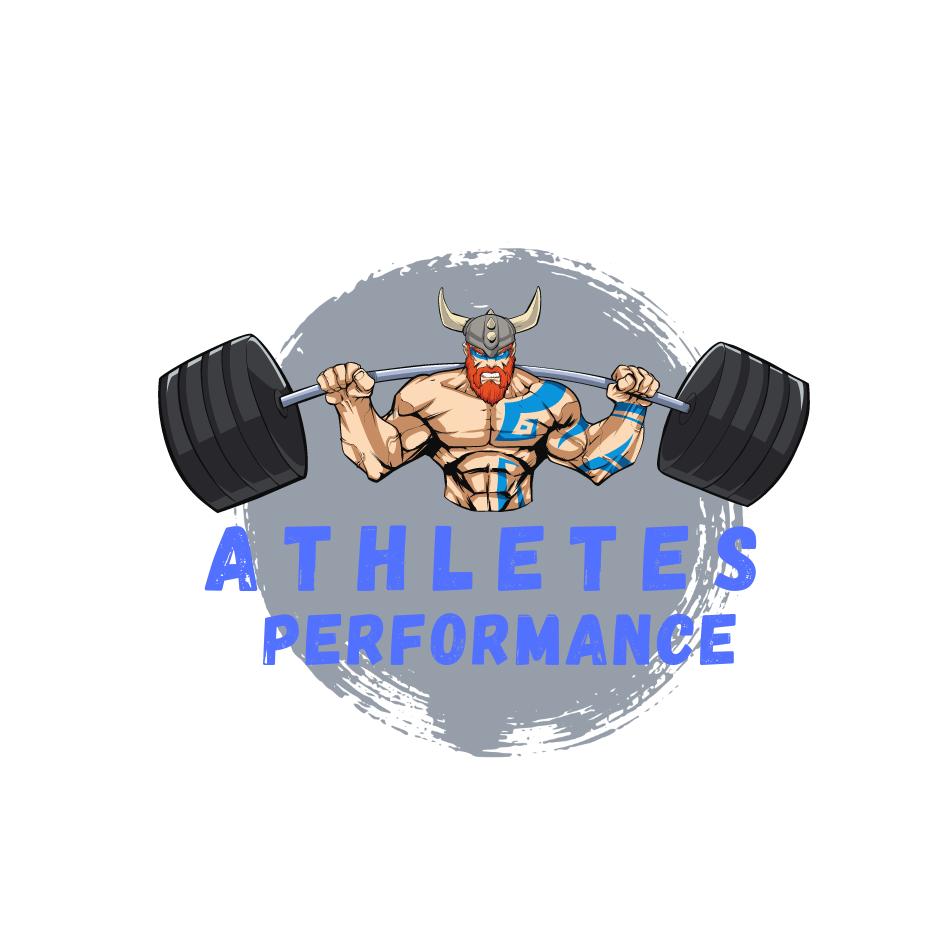The barbell behind-the-back shrug is an exercise targeting the traps. Having the bar behind you helps keep your shoulders pulled up and back, rather than rounded forward. It is popular in strength and muscle-focused upper-body training, and is often trained on a shoulder day. With the assistance of straps, it can be loaded heavily, but it is still usually performed for moderate to high reps, such as 8-10 reps per set.
Benefits
- Hits upper and mid traps more, but limits the weight used
- Works the shoulders and upper-back muscles secondarily
- Can increase difficulty by adding a pause at the top
- Type: Strength
- Main Muscle Worked: Traps
- Equipment: Dumbbell
- Level: Intermediate
Traps

Directions:
- Grasp a dumbbell in each hand with a pronated (palms forward) grip that is slightly less than shoulder width. The dumbbells should be resting on top of your thighs. Your arms should be extended with a slight bend at the elbows and your back should be straight. This will be your starting position.
- Use your side shoulders to lift the dumbbells as you exhale. The dumbbells should be close to the body as you move it up and the elbows should drive the motion. Continue to lift them until they nearly touch your chin. Tip: Your elbows should drive the motion. As you lift the dumbbells, your elbows should always be higher than your forearms. Also, keep your torso stationary and pause for a second at the top of the movement.
- Lower the dumbbells back down slowly to the starting position. Inhale as you perform this portion of the movement.
- Repeat for the recommended amount of repetitions.
Caution: Be very careful with how much weight you use in this exercise. Too much weight leads to bad form, which in turn can cause shoulder injury. I've seen this too many times so please no jerking, swinging and cheating. Also, if you suffer from shoulder problems, you may want to stay away from upright rows and substitute by some form of lateral raises.
Variations: This exercise can also be performed using a straight bar attached to a low pulley and it can also be performed using an e-z bar.
Standing Dumbbell Upright Row Images






